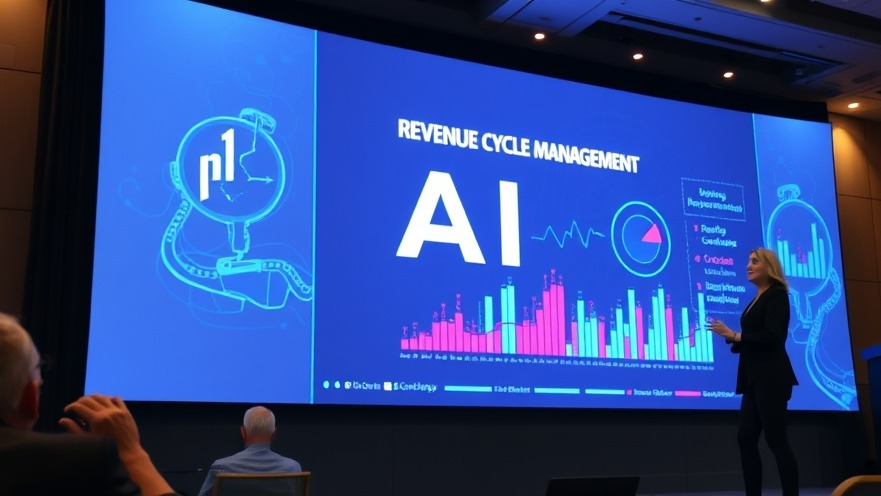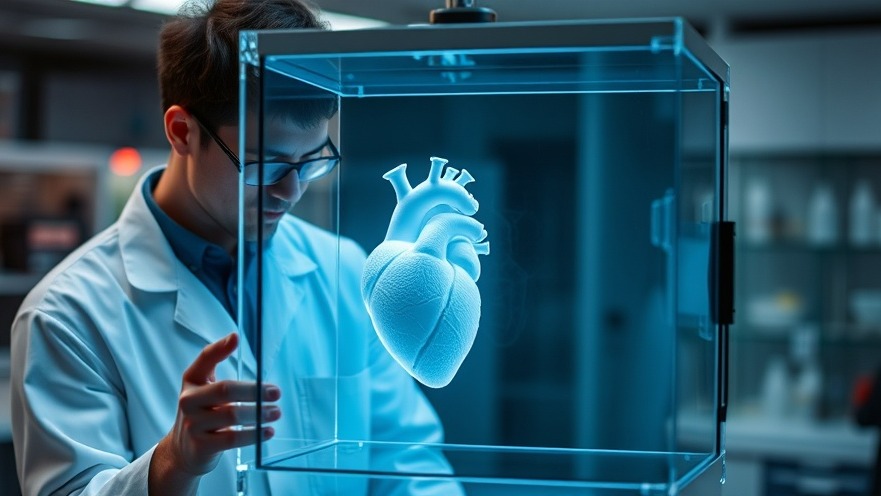
Revolutionizing Emergency Care: The Medical Crash Cart Robot
In emergency rooms, where every second counts, the efficiency of medical equipment can mean the difference between life and death. Traditional medical crash carts—essentially mobile supply stations filled with critical supplies like medications, syringes, and IV fluids—have long been integral to emergency care. However, their inconsistent designs across various healthcare facilities create confusion and delays in high-pressure situations. This challenge fueled a team of researchers at Cornell University to innovate a solution: the medical crash cart robot.
Engaging Community for Improved Healthcare
The project, spearheaded by Angelique Taylor, an assistant professor of information science at Cornell Tech, emphasizes the importance of teamwork in emergency settings. The goal was to enhance collaboration and streamline workflows, rather than overhauling existing equipment. The insight is profound: by redesigning the layout and functionality of the crash cart, it can better serve healthcare teams during resuscitation procedures.
As Taylor pointed out, "We wanted to explore how existing equipment in the room can be used to support team collaboration." This approach aligns with a growing trend in healthcare that prioritizes teamwork and streamlined processes, vital in an environment where every second matters.
The Importance of Robot Communication
During the development of the medical crash cart robot, three prototypes were tested to assess how effectively they could communicate with medical teams. The findings from an initial deployment at a pediatric simulation event revealed that the robot improved several aspects of the care process but did not significantly alleviate feelings of frustration among healthcare staff. This critical insight led the research team to focus on enhancing communication mechanisms within the robot.
Effective communication is crucial in high-stress environments like emergency rooms. The challenge remains: how can technology not only assist but also engage medical professionals in a way that reduces cognitive load? The need for intuitive and clear interactions with robotic systems is central to addressing this issue.
Integration of Technology and Human Skills
The integration of robotic technology into medical environments may seem daunting, but it presents an opportunity for healthcare providers. As the medical crash cart robot exemplifies, technology should serve to enhance, rather than replace, human skills. This approach emphasizes that medical professionals remain at the center of patient care, supported by reliable robotic systems.
Health practitioners often worry about the complexities of integrating new technology in their daily routines. However, as this robot's development shows, the right tools can not only streamline operations but also enhance patient outcomes.
Future Opportunities in Medical Robotics
Looking ahead, the potential of robotics in healthcare extends well beyond crash carts. Innovations like telemedicine robots and automated surgical tools are paving the way for a new era in patient care. Such advancements promise to alleviate workloads while maintaining high standards of quality. For concierge health practitioners, staying abreast of these trends is vital—not only for their practice but also for enhancing patient satisfaction.
As technology continues to evolve, so too must the mindset of healthcare providers. Embracing these changes can lead to significant benefits in medical practice efficiency and patient engagement.
Potential Barriers in Healthcare Technology
Despite the promising benefits, there are barriers to widespread adoption of robotic systems in healthcare settings. Common concerns include high costs, training needs, and the integration of robotic systems with existing workflows. To mitigate these challenges, healthcare leaders must advocate for strategic investments and provide adequate training for staff.
Collaboration between technology developers and healthcare providers is essential. Inclusive strategies that involve feedback from end users during the design process can significantly enhance acceptance and usability.
Actionable Insights for Healthcare Practitioners
For concierge health practitioners, understanding these technological advancements and the potential benefits they bring to patient care can help them remain competitive. Engaging with emerging technologies in meaningful ways, prioritizing team collaboration, and advocating for integrative practices are just a few ways healthcare workers can enhance their service delivery.
As you navigate these evolving landscapes, remember that the goal is not just to adopt technology for the sake of it, but to enhance the human aspects of care. The medical crash cart robot is a shining example of how thoughtful technology integration can elevate emergency responses.
Conclusion: Embrace the Future of Healthcare
The journey toward technological integration in healthcare is just beginning. As robotics continue to transform care delivery, staying informed about these changes is crucial. For practitioners dedicated to innovation, engaging with this shift can empower them to provide higher-quality care to their patients.
Call to Action: To learn more about how robotics can benefit your practice and patient care, stay connected with esteemed professional networks and consider attending upcoming healthcare technology conferences.
 Add Row
Add Row  Add
Add 






Write A Comment